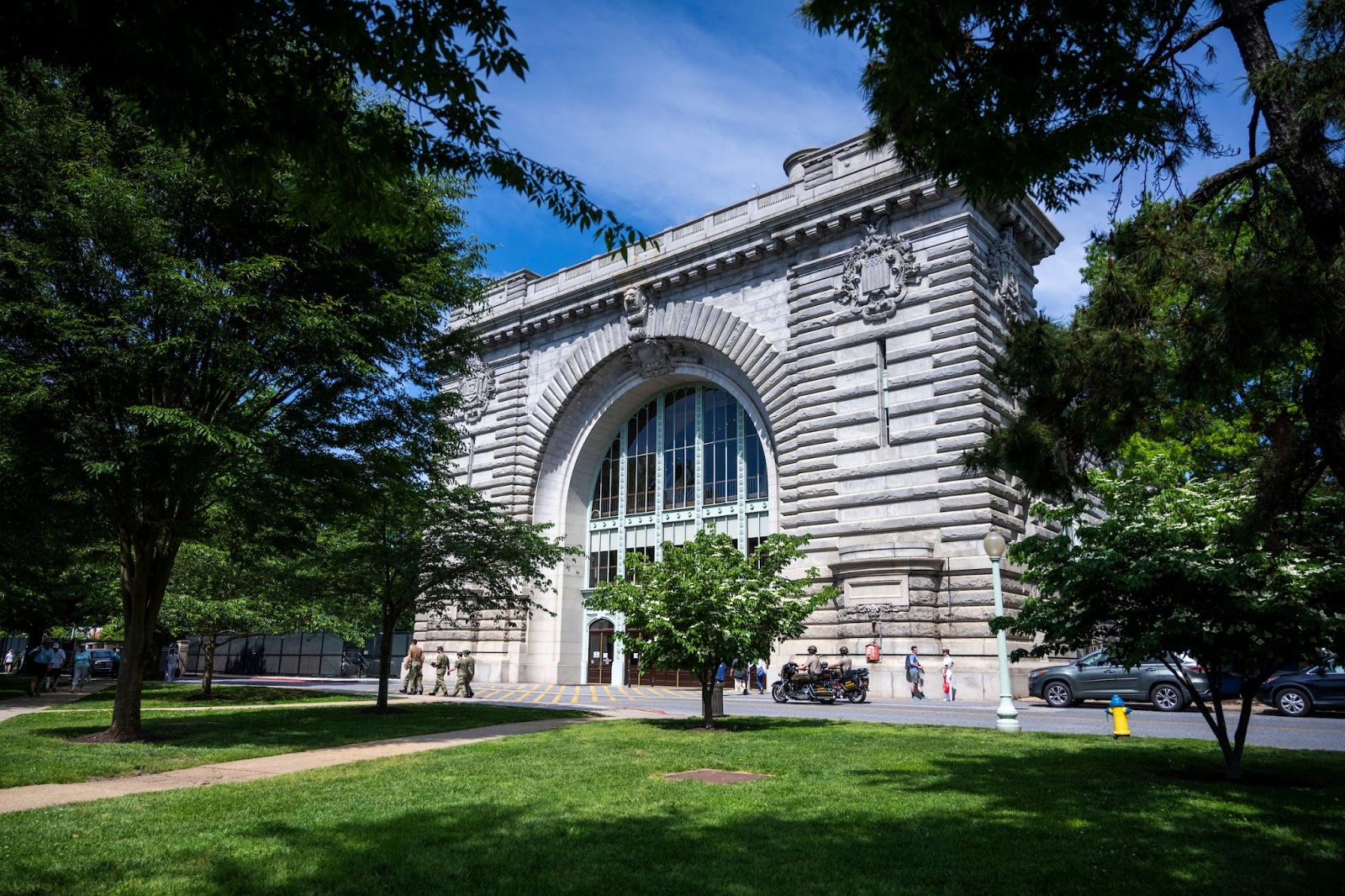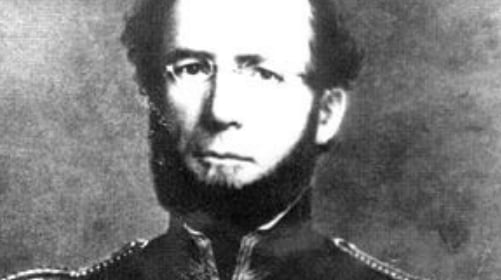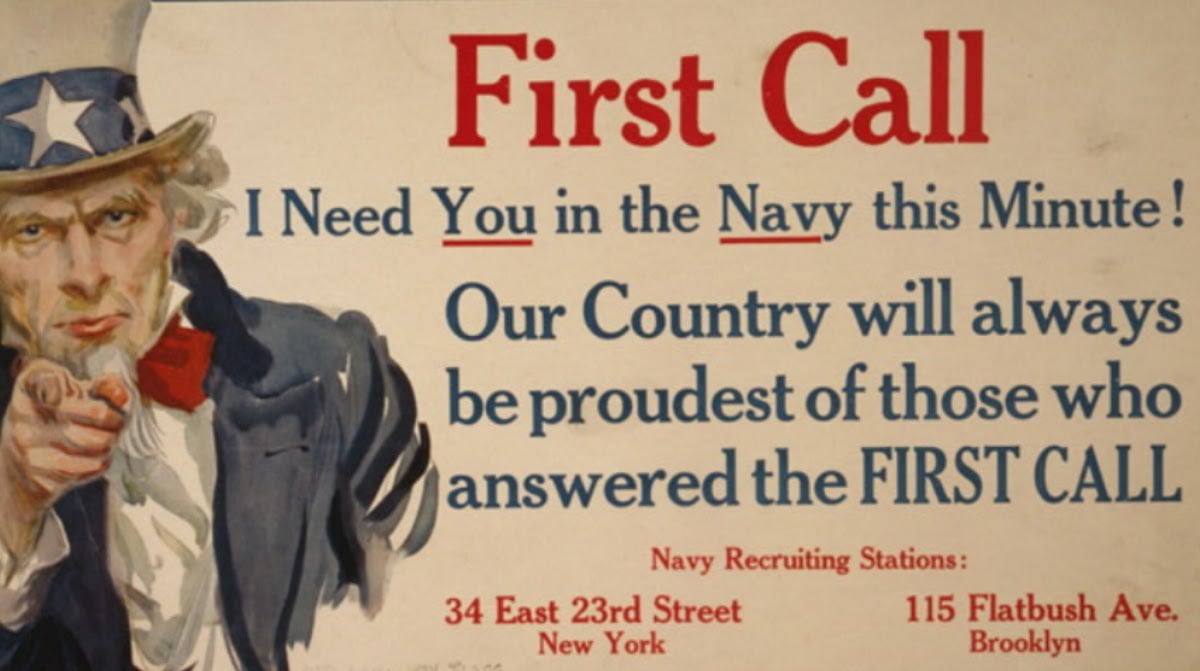
(Updated July 2021)
The United States Naval Academy has experienced tremendous change and advancement throughout its 175 plus years. It has weathered constant transition since it was founded, from the disruptions of the Civil War, to the many modernizations the Academy made during the 20th century, to the ongoing evolution we experience today.
The Civil War Hits Close to Home
Just 16 years after its creation, the Naval Academy was thrust into the turmoil of war. Riots in nearby Baltimore prompted pro-Confederate residents to prevent Union forces from moving toward Washington D.C. by cutting telegraph lines and destroying railroad bridges. So instead of attempting to make their way through Baltimore, Union Brigadier General Benjamin Butler, accompanying the 8th Massachusetts, was joined by the 7th New York, and both regiments traveled to Annapolis on the railroad ferry Maryland.
Maryland Governor Thomas Hicks attempted to stop Union troops from disembarking from the ferry, but Butler argued that landing on the federal land at the Naval Academy was entirely appropriate. Within a few days, the Union army had repaired the sabotaged railway. Once in Washington, Butler’s mission was to prevent lawmakers from voting to support the secession from the Union. A historical marker describing this important moment in Academy history can be found at the intersection of Holloway Road and Simms Road on the grounds of the Naval Academy.
With the threat of attack from Confederate forces becoming increasingly likely, Academy Superintendent Captain George S. Blake relocated the school to Fort Adams in Newport, Rhode Island. Fearful that the Confederates would capture their ship, Blake also had midshipmen sail the U.S.S. Constitution, “Old Ironsides,” to Newport. The USNA training frigate initially served as housing for the plebes and their classes were held below deck. The upperclassmen were housed in local hotels.
Back in Annapolis, the Naval Academy campus transformed into a Union Army hospital, treating the wounded from the front lines, as well as prisoners with a variety of illnesses. Students remained in Newport for the duration of the war before returning to Annapolis in August 1865.
The Yard Continues to Grow
After returning to Annapolis, the Academy saw fewer graduates in the years following the Civil War, but this would not last. At the end of the Spanish-American War in 1898, enrollment mushroomed as awareness of the USNA’s importance spread. The campus was rebuilt in the following years and significantly expanded; the buildings constructed in this era make up much of the Yard to this day.
In the late 1950s, administrators made the decision to move the stadium off the Yard, and thus the Navy-Marine Corps Memorial Stadium was built, starting in 1958 and ending with a dedication in 1959. The expansion didn’t stop there - Bancroft Hall grew even more after the stadium was moved, and the Nimitz Library, as well as several new halls, began to fill out the Yard.
Academic Advancement Marches On
The Naval Academy’s curriculum has also expanded and evolved to keep pace with the increasingly complex technology that officers in the modern Navy and Marine Corps must master. Beginning in 1933, midshipmen were awarded with Bachelor of Science degrees upon graduation. The USNA has seen numerous academic developments and modernizations since then, including its accreditation in 1947 and the official accreditation of its Computer Sciences program in the 1980s. These constant advancements help power the state-of-the-art educational excellence provided to the Brigade of Midshipmen.
Education also reaches far beyond the classroom at the Naval Academy. In 1939, the first YP, Yard Patrol Boat, was used to train midshipmen to successfully maneuver a ship. This would come in handy quickly, as over 3,000 graduates were subsequently commissioned during World War II. In the years following the war, midshipmen also began learning about aircraft and piloting while at the Academy. To this day, midshipmen are able to learn and gain valuable experience inside and outside their classrooms, and the exciting evolutions continue in step with military advancements.
Most recently, the Yard adapted swiftly to meet the changing needs of midshipmen and the community by providing remote study and limiting visitation during the pandemic .
What Comes Next?
The US Naval Academy has grown tremendously since its first days on the ten-acre site of Fort Severn. It now encompasses 338 acres of land just off of the Chesapeake Bay, with ornate Beaux Arts granite buildings replacing the original wooden structures and adding tremendous character and gravitas. The Brigade of Midshipmen has also grown from just 50 students to an impressive 4,400.
You can experience this change for yourself! Take in the tremendous history and beauty of the Yard and learn more about the ever-evolving story of the Academy with a memorable guided historical walking tour. Visit the U.S. Naval Academy website for more information, and come be a part of our continuing story!





